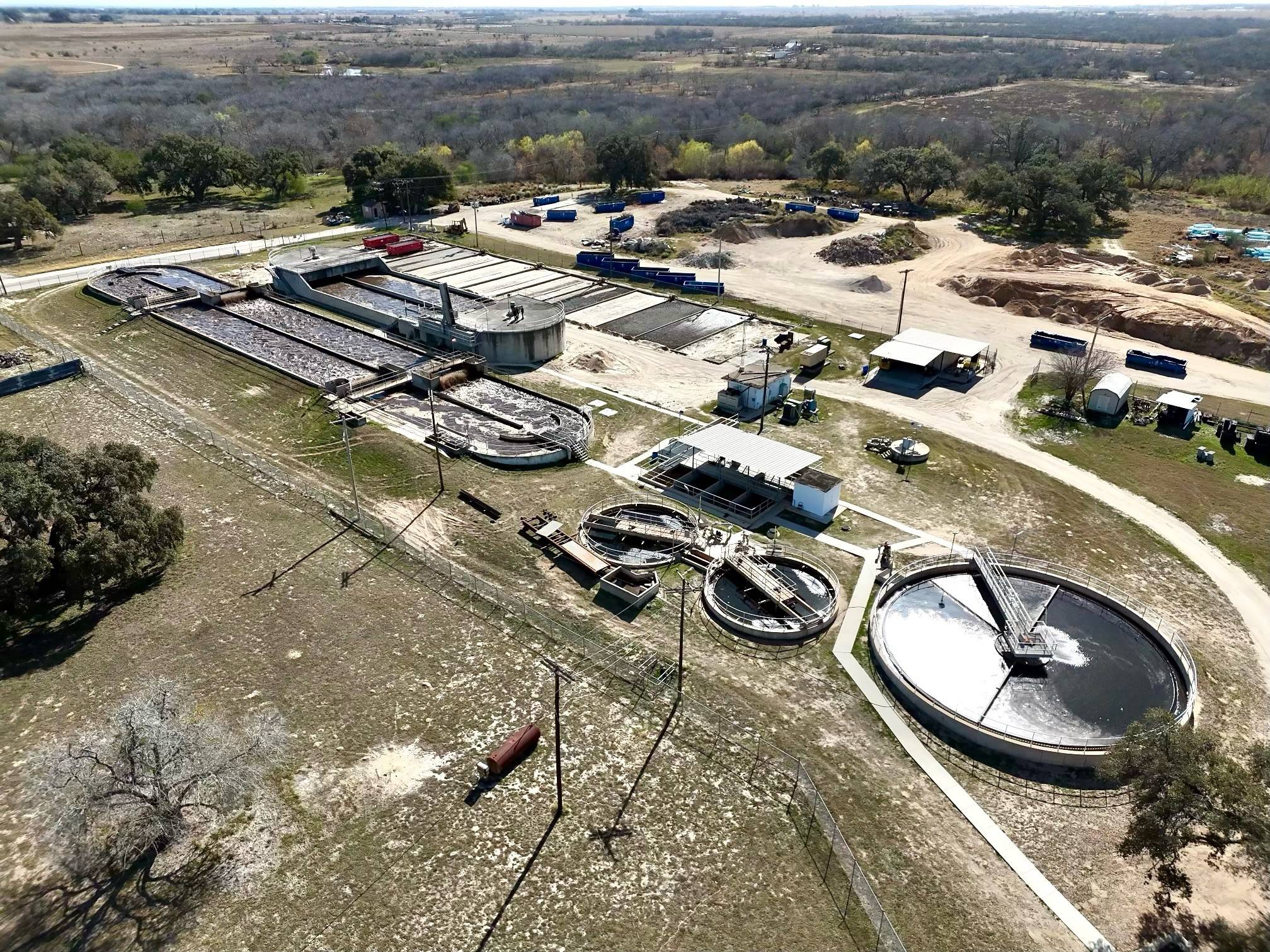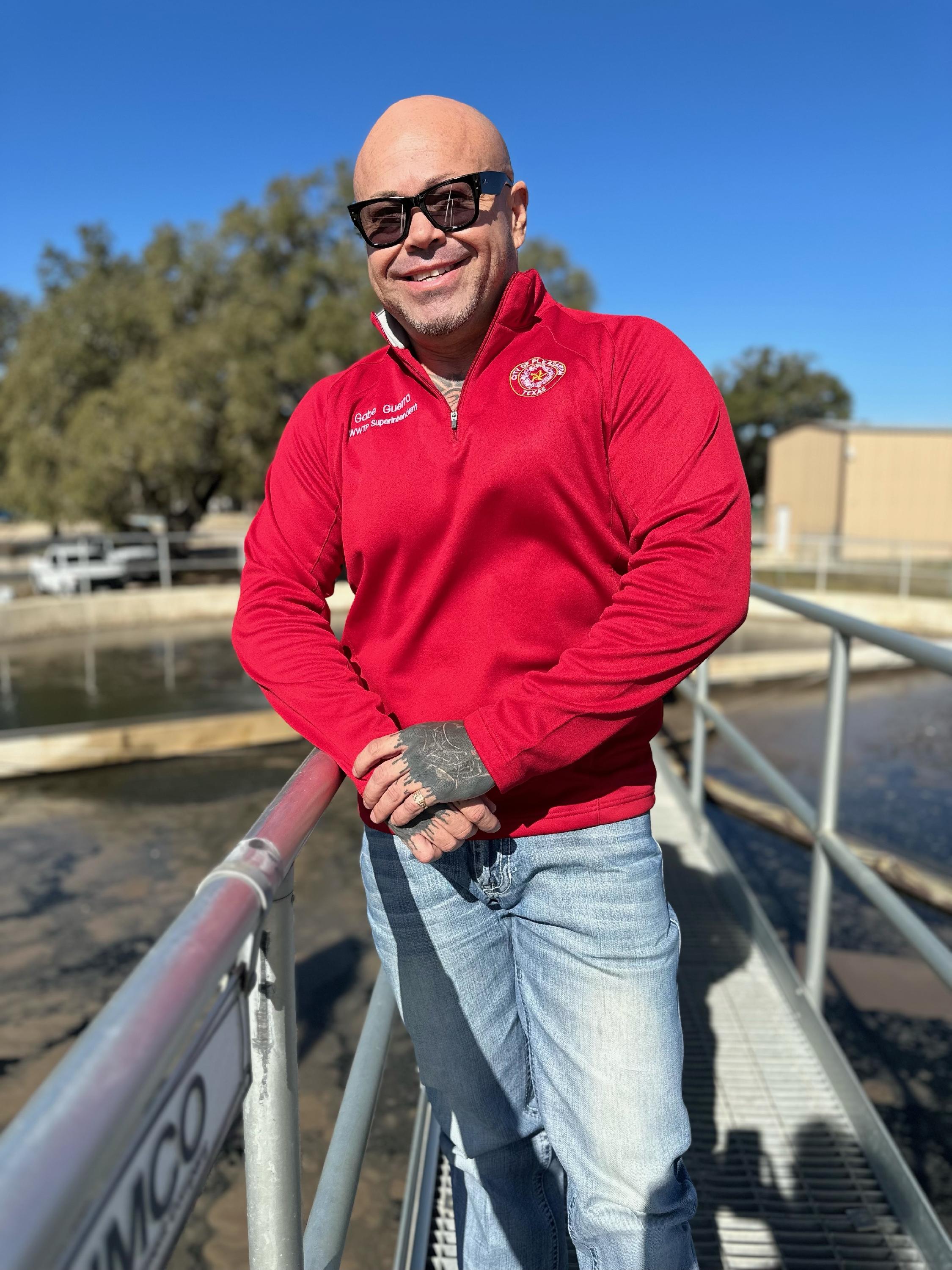Preparing for Growth: Upgrading Pleasanton's Waste Water Treatment Plant
“With outdated equipment and electronics, the city's plan to modernize the facility and plan for additional capacity is a proactive approach to addressing the community's evolving needs.”

Pictured: An aerial view of the Wastewater Treatment Plant.
The City of Pleasanton has recently taken a crucial next step toward enhancing its infrastructure by selecting Garcia Infrastructure Consultants as the engineering firm to upgrade phase II of the outdated Wastewater Treatment Plant (WWTP). Phase I is currently underway with Schneider Electric. The need for this upgrade stems from the fact that the existing plant, initially constructed in 1983, has seen only two upgrades since its inception – one in 1993, as well as a significant expansion in 2002. Now, more than twenty years later with outdated equipment and electronics, the city must prioritize improvements to ensure the plant's efficiency and prepare for future growth in our community.
The Wastewater Treatment Plant, built in 1983, operates on an activated sludge process with a chlorine disinfection chamber. Since its construction, the plant has been able to function with minimal upgrades, saving the city and taxpayers millions of dollars. However, while the expansions have increased the plant's original capacity from 0.689 MGD to 0.98 MGD (with the 1993 upgrades) and again to 1.42 MGD (with the 2002 upgrades), it has been operating at only 60% of its capacity for the last five years. The current average daily flow is .850 MGD, compared to .750 MGD when initially constructed. This upward creep indicates that although the sewage treatment plant has not triggered the 75/90 rule in the last two decades, it is now time to upgrade the facilities, as well as prepare for expansion and planning for the construction of a second wastewater plant in the future.
The 75/90 rule is based on the TCEQ rule, which states that when flow measurements at a sewage treatment plant reach 75% of permitted capacity for three consecutive months, the City must start engineering and financial planning for upgrading or expanding the wastewater treatment plant. Further, if the average daily or annual average flow reaches 90% of the permitted average daily flow for three consecutive months, the city must obtain authorization from TCEQ to start plant construction. It is important to note that the City has saved millions of dollars for over twenty years by not having to upgrade or expand sooner, however it is now necessary to update the outdated, deteriorating equipment to keep up with the current and future demands of the city population.
The primary focus of the planned upgrade is to modernize the entire WWTP facility with new equipment and automated processes. This will ensure optimal operation at the current location. Simultaneously, the city recognizes the need to start planning now for future population growth and new housing development. This is in line with initiatives to revise the current Master Plan 2025, anticipating the eventual requirement for an extra wastewater treatment plant. Since there is no available space for expansion at our current facility, any future growth will necessitate a separate facility.
The timeline for the design/build services could be as early as fiscal year 25-26 year, with the city planning to apply to the Texas Water Development Board (TWDB) in March 2024. If TWDB funding is not secured, alternative funding options include seeking infrastructure grants, USDA assistance, or conducting another water rate study. The estimated cost for the current Phase I of improvements is approximately $6.9 million, with Phase II costs to be determined through the Preliminary Information Form (PIF) conducted by Garcia Infrastructure Consultants.
The last significant upgrades to the WWTP were completed in 2002 and included the installation of two 3-pump influent lift stations, a 100-foot clarifier, an automatic bar screen, and a return-activated sludge lift station. The plant also installed a new laboratory facility - converting the old lab facility to an electrical building - and transitioned from chlorine to UV disinfection. Upgrades were also made to the oxidation ditch, including installing new motors to rotor mixers and the two existing 33-foot clarifiers. Further, a second backup generator was installed to cover the new half of the plant.
These upgrades, totaling approximately $2 million, were critical in ensuring the plant's functionality. However, over 20 years have passed without subsequent improvements, underscoring the urgency for comprehensive upgrades. City Manager, Johnny Huizar who has been instrumental in planning for and researching funding options for this massive project says, “The city was obligated to upgrade its old equipment as it had reached the end of its useful life, leading to high maintenance costs. As a standard practice for all CIP projects the city first seeks alternative funding before issuing debt.”
Upgrading the Waste Water Treatment Plant in Pleasanton is not only a necessity for maintaining operational efficiency but also a crucial step in preparing for future growth in our community. With outdated equipment and electronics, the city's plan to modernize the facility and plan for additional capacity is a proactive approach to addressing the community's evolving needs. The estimated costs and proposed timeline reflect the city's commitment to ensuring a sustainable and efficient wastewater treatment process for years to come.
Pictured: Gabriel Guerra, our Wastewater Treatment Plant Superintendent, has been with the City of Pleasanton for over 15 years and is a Certified Water Professional (CWP). He is one of only 254 individuals in the state of Texas to have been awarded this certification.
